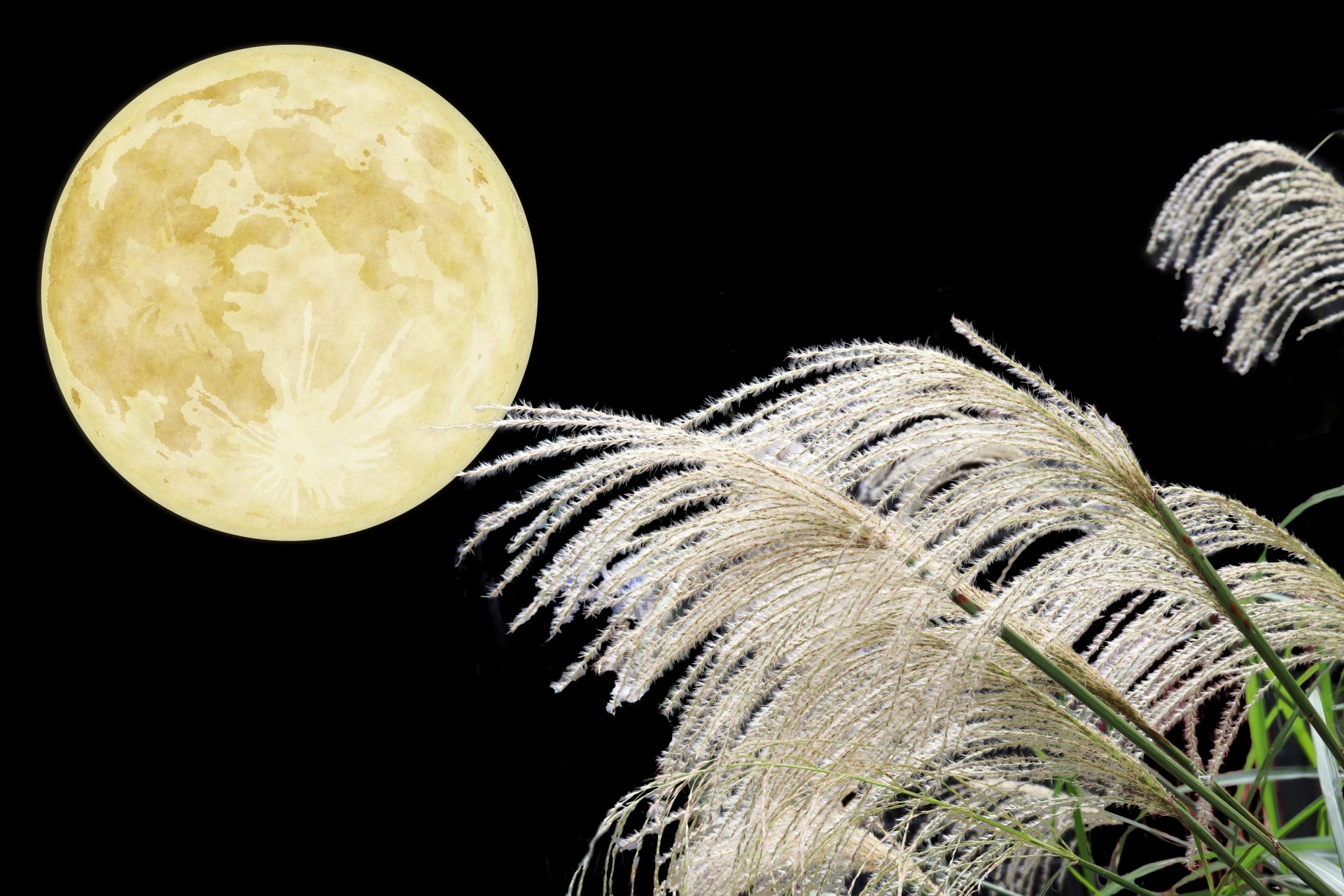Cheers to Oktoberfest: The Ultimate Beer Lover's Paradise
It all began when the couple tied the knot on October 12, 1810, and the grand celebrations unfolded on October 17 at the Theresienwiese grounds, which would later bear the bride's name. If you're familiar with this tale, you're likely a beer enthusiast.
Today in Germany, they commemorate the harvest season with Oktoberfest, the world's largest and most beloved folk festival. Year after year, Oktoberfest draws millions of visitors from around the globe.
Harvesting Joy: A World Tour of Autumn's Finest Events
The United States of America and Canada
When Thanksgiving rolls around, all eyes are on the turkey—the star of the show! From the grand National Thanksgiving Turkey Presentation to mouthwatering dishes like roasted turkey with gravy, cranberry sauce, creamy mashed potatoes, and delectable pecan and pumpkin pies, it's a feast to remember.
Thanksgiving isn't just about the food; it's a time for celebrating the bountiful harvest and the warmth of gathering with loved ones. In the United States, it's also known for being the busiest travel day of the year, as families come together from near and far to share in the holiday spirit.
South Korea
Chuseok (추석), also known as Hangawi (한가위), stands as one of South Korea's most significant holidays. It's a heartfelt occasion when families come together to express gratitude to their ancestors for the bountiful autumn harvest. Often referred to as the Korean Thanksgiving, Chuseok holds a special place in Korean culture as a time of unity and thanksgiving. Chuseok 2023 begins on Thursday, September 28th, and ends on Saturday, September 30th.

https://store.kyotohandicraftcenter.com/products/2105909?_pos=12&_sid=0a2d02cc2&_ss=r
China
Ranked as China's second most significant festival, the Mid-Autumn Festival holds the status of an official public holiday. In 2023, this auspicious occasion falls on September 29th, just a stone's throw away from China's National Day on October 1st.
For the Chinese, the Mid-Autumn Festival is akin to a family reunion, reminiscent of Thanksgiving. It's a time when loved ones come together to partake in festive dinners, pay homage to the moon, set aglow colorful paper lanterns, and savor delicious mooncakes, among other cherished traditions.
Japan
Tsukimi and Jugoya: Embracing the Beauty of Moon-Viewing in Japan
The lunar calendar is also used for traditional and cultural purposes in various other countries and regions in the Chinese-speaking world, including the People's Republic of China (including Hong Kong and Macau), Taiwan, Singapore, South Korea, North Korea, Vietnam, Malaysia, and other countries.
https://store.kyotohandicraftcenter.com/products/2105385?_pos=3&_sid=3d1e91af5&_ss=r
https://store.kyotohandicraftcenter.com/products/2105437?_pos=5&_sid=3d1e91af5&_ss=r
In Japan, the lunar-solar calendar, known as the old lunar calendar, was used until 1872. The old lunar calendar was well-suited to Japan's climate, natural environment, and agriculture-focused way of life. In the old lunar calendar, the months of July to September were considered autumn in Japan. Early autumn often had typhoons and long periods of rain, but mid-autumn brought clear skies, making the moon look beautiful. The tradition of moon-viewing, called "Otsukimi" in Japanese, came from China. Initially, it was an elegant practice enjoyed by the aristocracy during moon-viewing gatherings in the Heian period (794-1185).
Offering moon-viewing rice dumplings, Japanese pampas grass (ススキ), and sweet potatoes on the night of September is a way of expressing gratitude and offering prayers for the fruition of various aspects of life. This practice is a characteristic feature of Japanese culture. In Japan, the pattern on the moon is often seen as a "rabbit pounding mochi," and the moon rabbit is a symbol of compassion, reflecting the depth of feelings associated with the moon.
https://store.kyotohandicraftcenter.com/products/2105215?_pos=2&_sid=0a2d02cc2&_ss=r
Moon-Viewing Thief
Moon-Viewing Thief is a traditional belief in Japan where children are seen as messengers from the moon. Surprisingly, even if something was stolen from a home, it was considered a good omen, as it meant "having all the offerings disappear is a good sign" or "a stolen home will have a bountiful harvest." Children also believed that "eating the stolen dumplings would keep them healthy" in some regions.

(The image from the official website of Matsunoo Taisha Shrine)
https://www.matsunoo.or.jp/en/
Moonlit Magic: Celebrating KANGETSU-SAI Festival
At Matsunoo Taisha Shrine, famous for the God of Sake, the Moon-Viewing Festival is held every year on the night of the mid-autumn full moon. It's a traditional and elegant event for appreciating the moon, featuring offerings like shakuhachi (a Japanese flute) and taiko drum performances, as well as a haiku competition. Moon-viewing sweets and sake are provided for free, making it an enjoyable event for people of all ages, from children to the elderly. In 2023, this auspicious occasion falls on September 29th.



